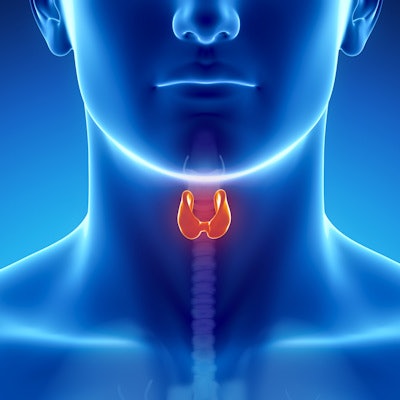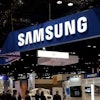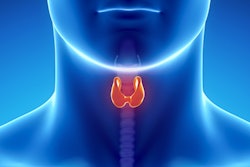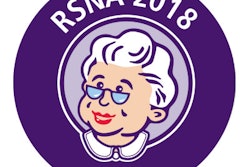
Ultrasound guidelines developed by the American College of Radiology (ACR) can be trusted to accurately identify pediatric patients who should be biopsied for thyroid cancer, according to research presented on May 18 at the Society for Pediatric Radiology (SPR) meeting in Nashville, TN.
In addition to confirming the guidelines, the study shows that ultrasound is an effective tool for avoiding unnecessary biopsies in this patient population, said lead author Dr. Jennifer Lim-Dunham of Loyola University in Chicago in a statement released by the university.
Thyroid cancer is common in teenagers, and its occurrence is increasing -- although the reason why remains unclear. Adolescents have a tenfold greater incidence of the disease than younger children, and girls are diagnosed more often than boys.
Thyroid cancer is typically found during routine physical exams or on imaging tests such as CT that are conducted for other reasons. For a definitive diagnosis, the patient must undergo percutaneous fine-needle aspiration biopsy. However, because most nodules are benign, not all require biopsy, and ultrasound is a good way to determine whether a biopsy is really necessary.
Last year, the ACR published a grading system for thyroid nodules based on a 1 to 5 scale, with 1 being benign and 5 being highly suspicious of cancer. The scale takes into account ultrasound features of the thyroid nodule, such as its echogenicity, the quality of its edges (jagged or smooth), and whether it contains echogenic foci.
The researchers used this ACR system to grade 74 thyroid nodules in 62 pediatric patients. They found the system to be accurate and reproducible; in fact, for every one-unit increase in the scale, nodules were 2.63 times more likely to have a malignant diagnosis confirmed by biopsy or surgery.
The findings should provide reassurance of the ACR system's ability to differentiate between pediatric thyroid nodules that require biopsy and those that do not, Lim-Dunham concluded.
In a previous study, Lim-Dunham and colleagues found that a different set of thyroid nodule ultrasound guidelines from the American Thyroid Association are also trustworthy for evaluating the need for thyroid biopsy in children, the university said.



















